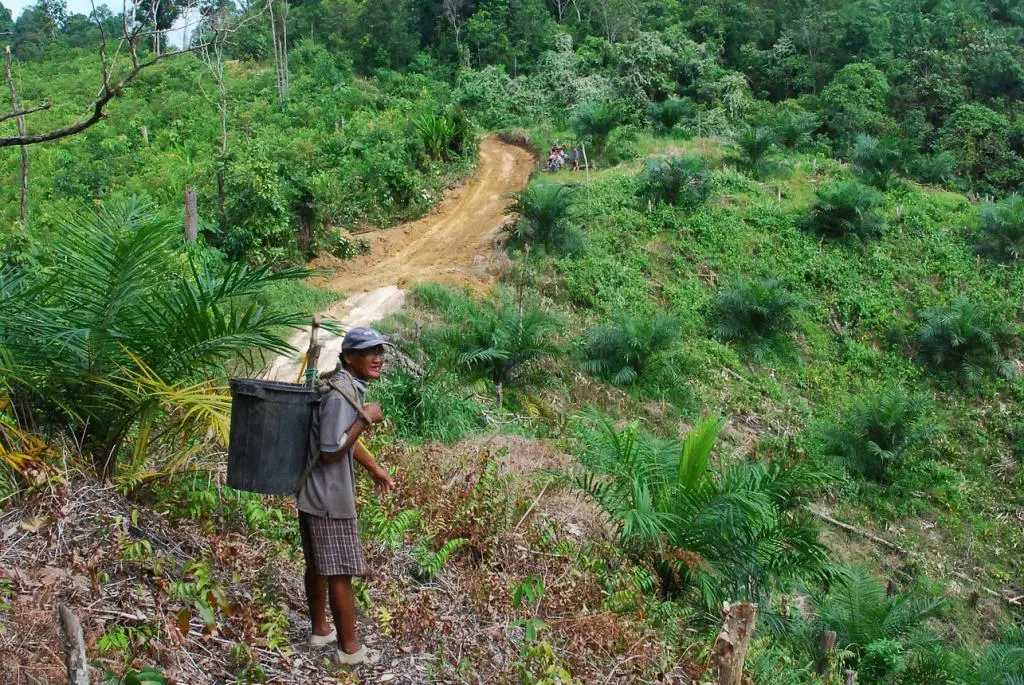British Charles Hose was the one responsible for the discovery of oil in Miri, Sarawak.
After his appointment as the Resident of Baram in 1890, Hose started mapping oil seeps in and around Miri.
He reportedly gave his findings to the Sarawak government but an oil exploration was an impossible mission back then due to its poor logistic conditions.
No one pursued the idea again until Hose retired and returned to England. There, he showed his map of oil seeps to Charles Brooke, the second White Rajah of Sarawak.
After a series of meetings, Sarawak signed the first Sarawak Oil Mining Lease in 1909, allowing the oil in Miri to be exploited.
However, according to legend there was another man who not only discovered oil, but was responsible for the origin of oil in this northern city of Sarawak.
How does the legend of the origin of oil in Miri go?

History writer Lee Fook Onn wrote in Miri Legends and Historical Stories about a family that lived in the middle course of Baram river many years ago. They came down to live there from Usun Apau highlands.
The family consisted of Balai and his wife, their son and their two daughters, Miri and Seria.
They were a happy family, with Usung famous for his hunting skills as well as Miri and Seria for their beauty.
The family owned a mortar from which black-coloured fluid would continuously flow but would never overflow.
Balai and his family would dip a piece of wood or leaf into the fluid to light a fire. This made their life easy and convenient as they saved a lot on firewood.
Time passed and the two daughters married, going off to live with their own families. Their only son Usung had died a while ago in a hunting mishap, and so Balai and his wife began to feel lonely in their own home.
The good thing was that Miri and Seria both lived nearby, so they often came back to visit their parents.
Every time they returned to their own homes, however, they brought the black fluid back with them.
Balai was not happy with that. However, their mother was more than willing to give and even used bamboo pipes to store the black fluid for her daughters.
One day, Balai caught his wife pouring the black fluid into the pipes. This time, he was so furious that he took a knife to cut the pipes. In his rage, he broke the mortar as well.
In the midst of his temper tantrum, Balai lost his balance and fell. As he struggled to get up, according to legend, he stamped the ground so hard that a heap of soil was formed. The black fluid then seeped through the ground and flowed into the sea.
This heap of soil is what Sarawakians recognise as Canada Hill today. Baram river, Sungai Melayu and several other rivers separating Miri and Seria towns (named after Balai’s daughters) are the ‘cuts’ made by Balai.
And the black fluid is the oil which now can be found in Miri and Seria.
Since Balai’s tantrum, oil has not been found in the middle course of Baram river to this day.





















































